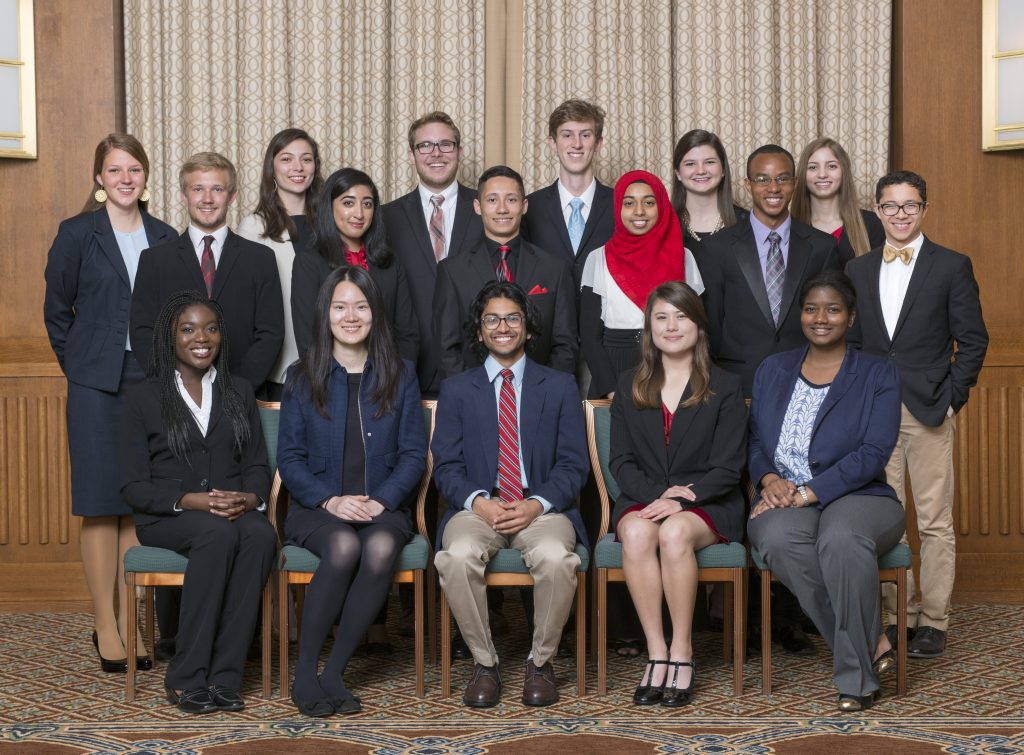 The Galapagos Islands conjure images of sea turtles and sea lions for most people, but for University of North Carolina at Chapel Hill geographer Stephen Walsh, professor of geography and director of the UNC Center for Galapagos Studies, the vulnerable island ecosystem represents an ongoing scientific effort to understand the dynamic relationship between human presence and a complex ecology. The Galapagos Islands are in crisis, facing a growing local population and rapidly growing tourism industry. In 2007, the area was named an “at risk” World Heritage Site by UNESCO. As part of his work as co-director of the Galapagos Science Center, a research facility UNC shares with the Universidad San Francisco de Quito (USFQ) in Ecuador, Walsh has been giving presentations at universities around the world about the Galapagos and the research challenges encountered there.  Most recently, Walsh presented “Complexity Theory & Human-Environment Interactions in the Galapagos Islands of Ecuador” at the Galapagos Symposium sponsored by the Center for Tropical Marine Ecology at the University of Bremen in Germany. The presentation explored the variety of data available to researchers for use in modeling the ways that human development and the environment interact. “While the Galapagos are 1,000 kilometers off the edge of Ecuador, there are similarities with North Carolina. The stresses of tourism and development, the challenge of maintenance of pristine environment are difficulties encountered in North Carolina. With our research, we can begin to understand how to reconcile tourism, development and the environment,” points out Walsh. “We are using complex systems models to understand development and environmental degradation and stress. We are not only doing research on sea turtles, sea lions, invasive species and sustainable agriculture, we’re also testing scenarios that assess health and nutrition, food security and climate change.” His involvement with the Galapagos began in the Ecuadorian Amazon, where he was studying deforestation from 1999 to 2009. In the process, he built partnerships with leaders in the government of Ecuador, who later asked him to work on a similar project in the Galapagos, in association with The Nature Conservancy. Within five years, his work and the support of the University of North Carolina led to the dedication of the Galapagos Science Center in May 2011. The center is the result of a partnership with the Universidad San Francisco de Quito and international organizations including the World Wildlife Fund, Conservation International, and the Galapagos National Park. “The work we are doing in the Galapagos is the beginning of a long-term research program that is interdisciplinary in nature, involving scientists from across the social, natural, spatial and computation sciences,” Walsh explained. To that end, the center offers students, faculty and staff researchers and even UNC alumni the opportunity to work and study in a unique environment alongside international colleagues, such as researchers from the University of Bremen, who will further their own Galapagos research through the center’s infrastructure. And while the year-old Galapagos Science Center minimally extends the human footprint on the islands with an 18,000-square-foot building, the initiative has prioritized an environmentally friendly building, including solar-powered electricity and a planned bio-digester to facilitate waste processing. Experts at the center are also working with schools in the area to enhance local science curriculum and build awareness of sustainable development through a science fair and conservation prize for school kids on San Cristobal Island where the Galapagos Science Center is located. San Cristobal Island first welcomed Charles Darwin in 1835 and shaped forever his, and our, ideas on evolution and natural selection. With the end of semester classes, Walsh is turning his attention to the work of the summer and the future of the center, which include a Galapagos book series through Springer Science and Business Media. “We have a number of projects, some dealing with marine sciences, invasive species and tourism that are being led by faculty at UNC and USFQ, and being examined by graduate and undergraduate students at Carolina,” says Walsh, who credits the University of North Carolina with supporting the research and enabling UNC students and faculty to work alongside international leaders in the field. “Carolina has a global vision of its education and research around the world, and Galapagos is a most worthwhile place to converge our talents, insights and attentions.” |




